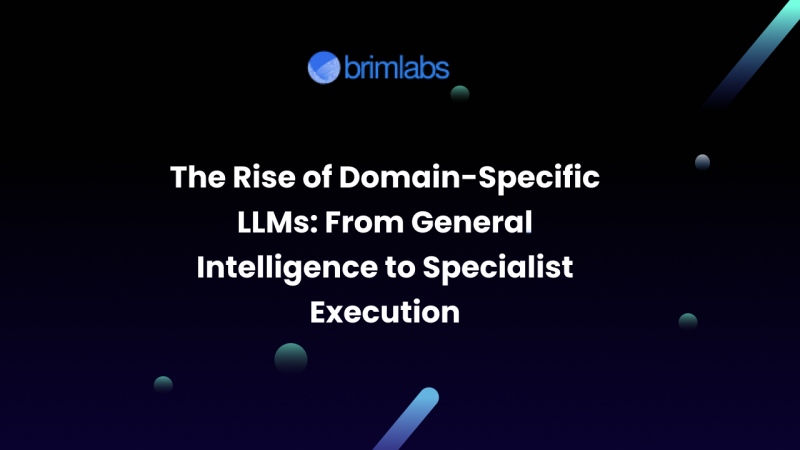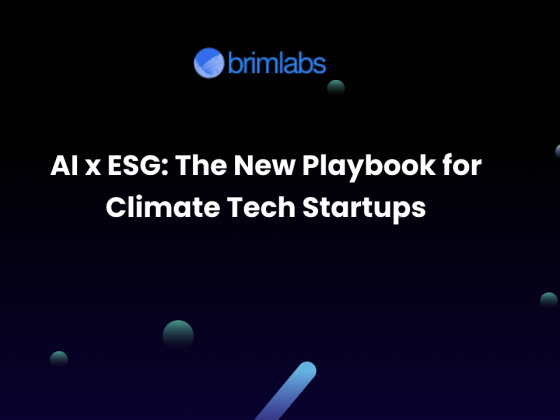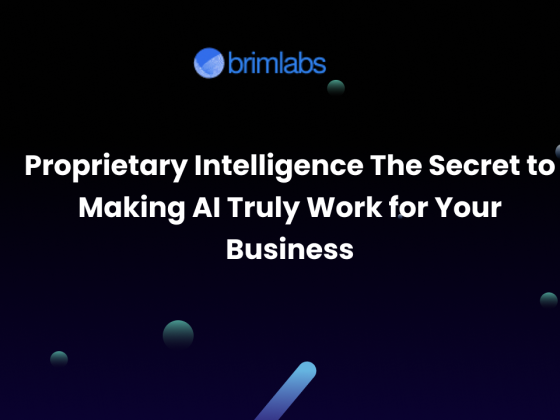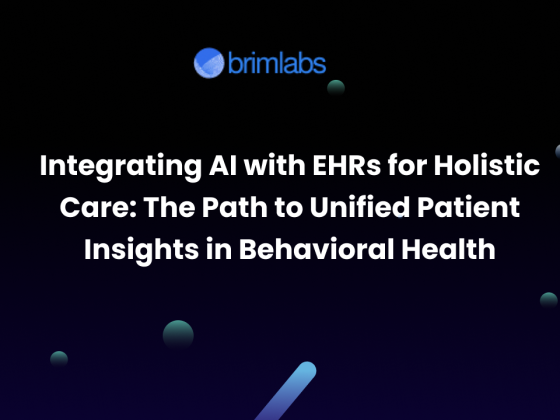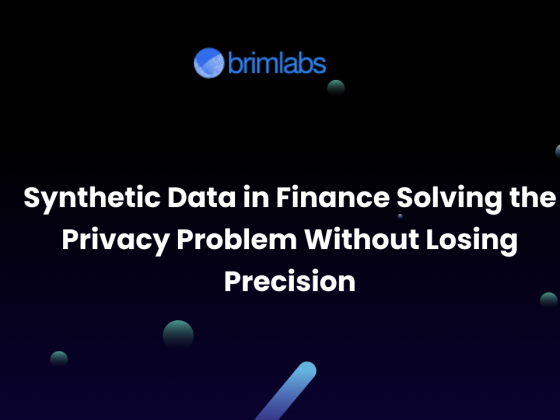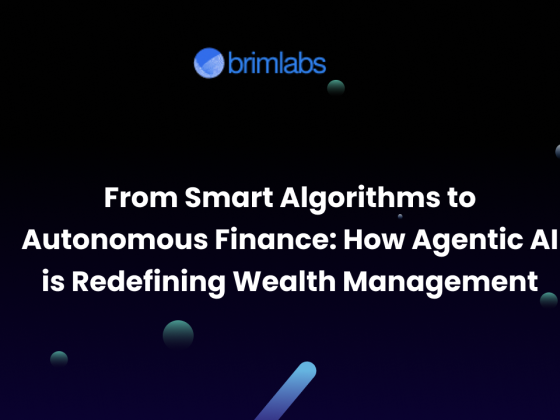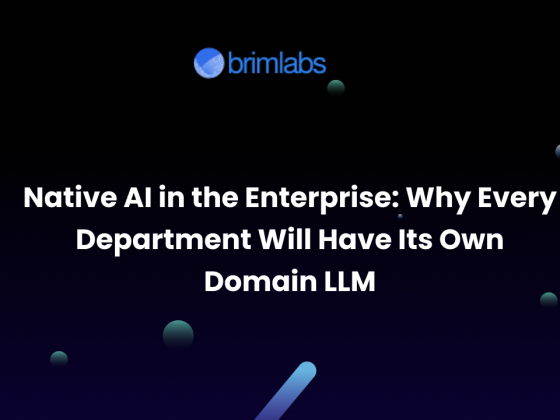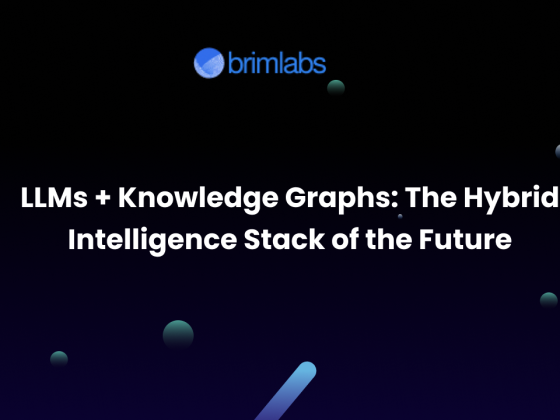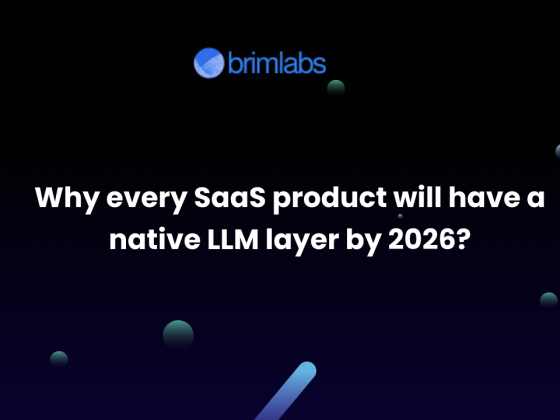The AI landscape in 2025 is no longer about who has the biggest model; it’s about who has the right model.
While general-purpose LLMs wowed us with poetry, code, and casual conversation, the world is now waking up to a hard truth: depth matters more than breadth. As enterprises move from experimentation to execution, a new category of models is emerging as the real workhorses: Domain-Specific Large Language Models (dsLLMs).
These are not just tuned models. They’re purpose-built intelligence engines that deeply understand a particular domain such as finance, law, healthcare, insurance, retail, or logistics, and deliver value at the frontline.
Why General-Purpose AI Isn’t Enough Anymore
General LLMs are like talented interns, quick learners, fluent speakers, and impressively versatile. But would you trust an intern with:
- Regulatory filings in a $10M financial transaction?
- Drafting patient discharge notes in a hospital workflow?
- Summarizing legal discovery documents during litigation?
Likely not.
General LLMs lack contextual grounding, risk awareness, and domain language proficiency. Even with prompt engineering or RAG, they struggle with:
- High-accuracy requirements
- Sensitive information (PHI, PII, PCI)
- Structured compliance mandates (HIPAA, SOC 2, GDPR, AML)
This is why companies are turning to domain-specific LLMs, not just to reduce hallucinations, but to embed deep operational intelligence into their core systems.
What Makes a Domain-Specific LLM Different?
A true dsLLM doesn’t just speak the language of the domain, it thinks in it. It’s engineered for the nuances, assumptions, and workflows of a specific vertical.
Here’s what typically goes into building one:
1. Proprietary Corpora: Includes internal data (support logs, claims, EMR records, contracts) plus public datasets relevant to the domain.
2. Task-Level Fine-Tuning: Using supervised datasets for retrieval, reasoning, classification, summarization, and generation in context.
3. Embedded Domain Ontologies: Knowledge graphs or schema layers that guide logical consistency and structured output.
4. Safe Interaction Protocols: Guardrails for compliance, access control, and auditability. Often involves human-in-the-loop for critical tasks.
5. Custom APIs & Tooling: Integrated calculators, legal clause generators, tax planners, or diagnostic tools wrapped into the agent workflow.
The result? An LLM that can draft a claims letter in the tone of your brand, summarize lab results into patient-friendly language, or assist a finance analyst in dissecting a 10-K filing, all without losing context.
Use Cases Driving Real Business Value
Insurance: LLMs trained on claims, policies, and fraud patterns streamline first notice of loss (FNOL), subrogation detection, and policy query resolution.
Healthcare: Models trained on EHRs, medical ontologies, and clinical notes automate charting, support diagnostic decision-making, and enable conversational triage.
Legal: Fine-tuned on statutes, case law, contracts, and discovery datasets, these LLMs reduce review time by 80 percent and improve legal drafting.
Finance: LLMs like BloombergGPT and FinGPT extract insights from earnings calls, market filings, and financial news, enabling real-time, regulation-aware copilots.Enterprise Ops: Trained on support tickets, HR policies, and internal docs, these models become “memory-enabled” agents that reduce onboarding time and boost employee productivity.
Under the Hood: What Your AI Stack Might Look Like
Here’s a blueprint we’ve used to build domain-specific LLM stacks for clients:
- Data Layer: Internal datasets, structured documents, PDFs, third-party integrations
- Foundation Model: Open-source or closed models (e.g., LLaMA, Mistral, GPT-4-turbo, Claude)
- Fine-Tuning / LoRA: Domain task tuning using supervised feedback
- Knowledge Augmentation: RAG pipelines, vector DBs, ontology graphs
- Safety / Governance: Role-based access, audit trails, PII scrubbing, HIPAA/SOC 2 compliance
- UX Layer: Copilot interface, conversational UI, agent memory, tool plugins
Emerging Architectures: Composable and Regulation-Aware AI
We are now seeing an evolution from single-task models to composable LLM systems where multiple specialist agents (retrievers, planners, executors) collaborate like a digital team.
Moreover, regulation-aware LLMs are being actively engineered to reason about policy boundaries. For example, an AI that doesn’t just summarize patient data but flags when it’s approaching regulatory thresholds (like drug interaction alerts or policy violations).
This next wave of enterprise AI will not just be smart, it will be auditable, safe, and aligned with industry standards.
Why This Matters Now
LLMs are becoming the new operating layer for enterprise intelligence. But unless these models are grounded in domain depth, they will remain risky and unreliable.
Companies that succeed will treat domain-specific LLMs not as tools but as partners that evolve with their systems, learn from human feedback, and build proprietary knowledge over time.
At Brim Labs, we’re actively co-building such systems across sectors from multimodal claims processing for insurance to RAG-based copilots in compliance-heavy fintech platforms.
If You’re Exploring dsLLMs, Ask Yourself:
- Do we have access to domain-rich proprietary data?
- Are we trying to automate reasoning, not just writing?
- Are safety, compliance, and explainability non-negotiables?
- Are general models showing limitations in high-stakes workflows?
If the answer is yes, then a domain-specific LLM isn’t just a nice-to-have; it’s your next competitive moat.
Conclusion: The Strategic Edge of Domain-Specific LLMs
As the AI arms race matures, precision is outperforming generality. Domain-specific LLMs are proving that deep expertise, not just raw scale, will define the next generation of enterprise AI.
They’re not just better at understanding tasks; they’re more aligned with real-world workflows, regulatory realities, and operational risk thresholds. They help companies move from experiments to fully operational AI systems that can be trusted, audited, and continuously improved.
At Brim Labs, we don’t just build LLMs, we co-architect intelligent ecosystems tailored to your domain, your workflows, and your data. From designing the right AI stack to building memory-enabled copilots, we help you go beyond generic solutions and unlock a strategic AI advantage that’s specific to your industry.
If you’re looking to build domain-specific LLMs or AI agents that can operate at production-grade scale, we’d love to connect and co-build with you.

